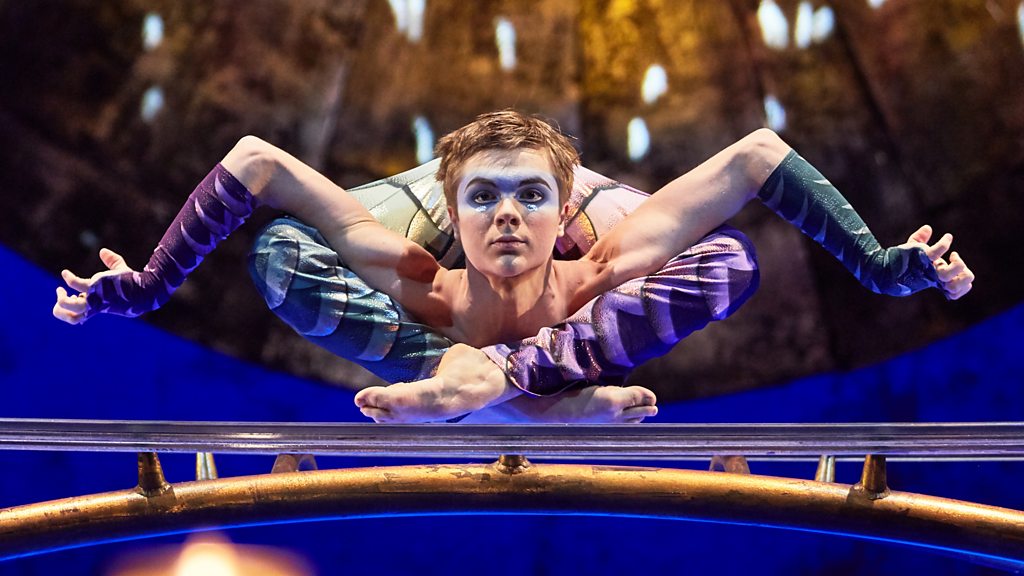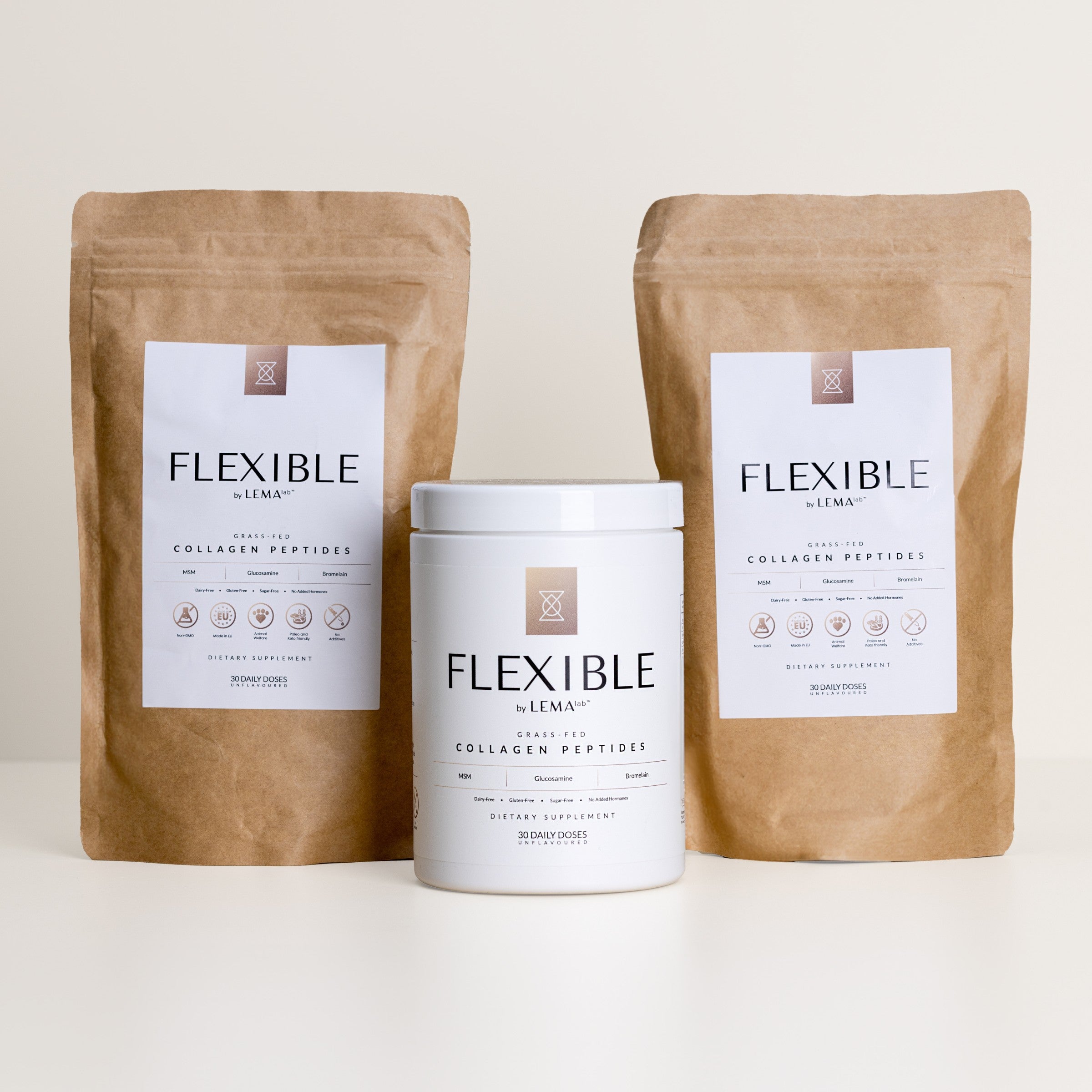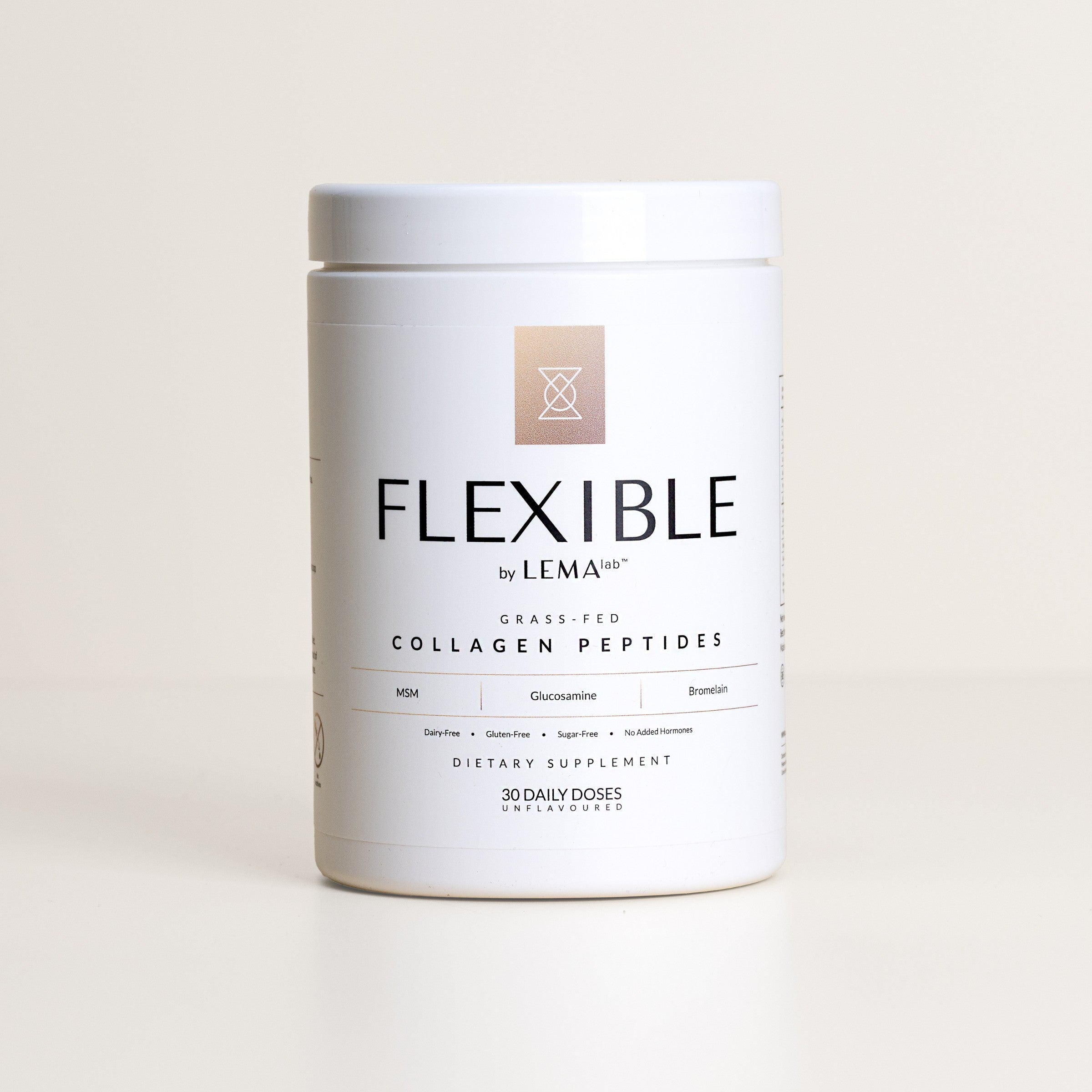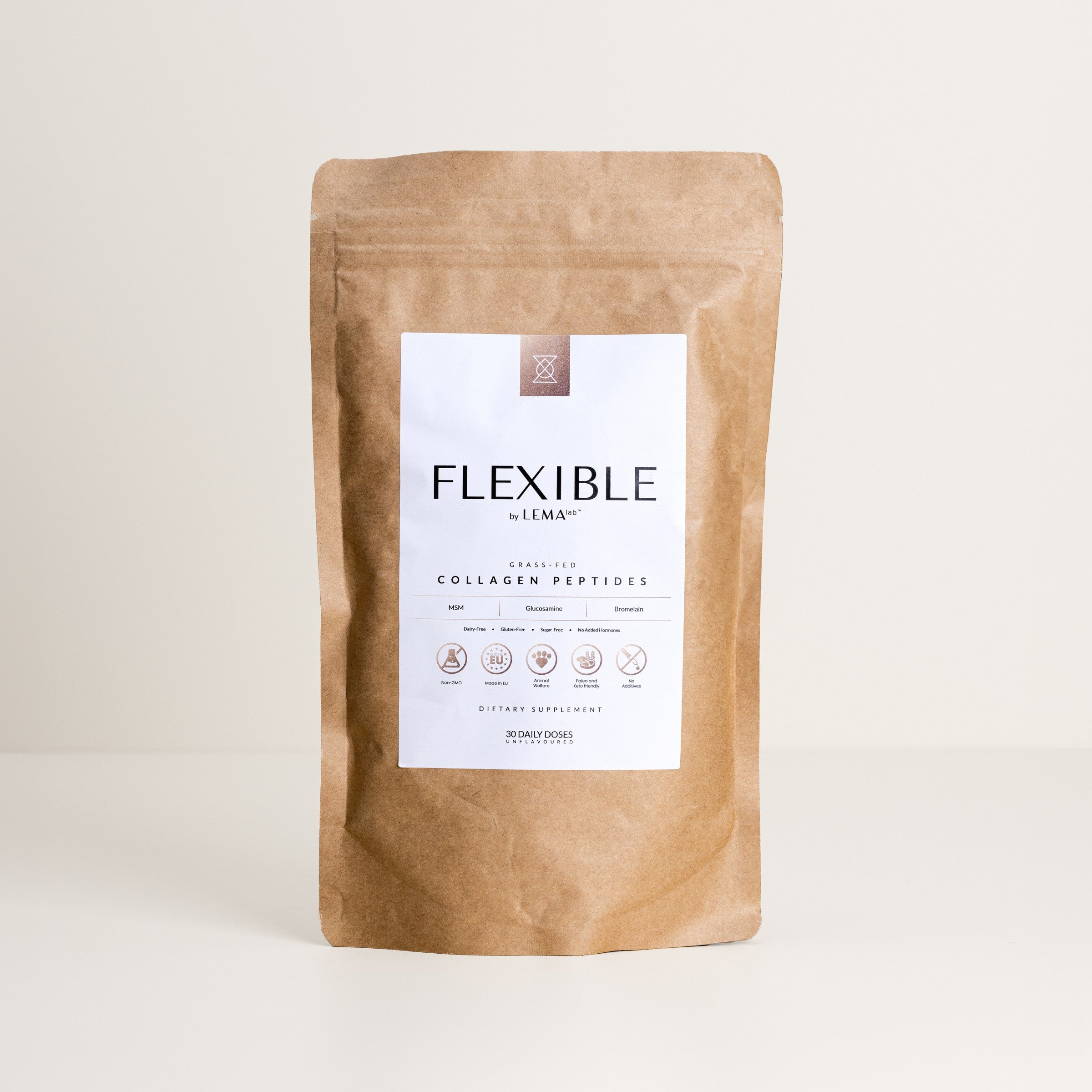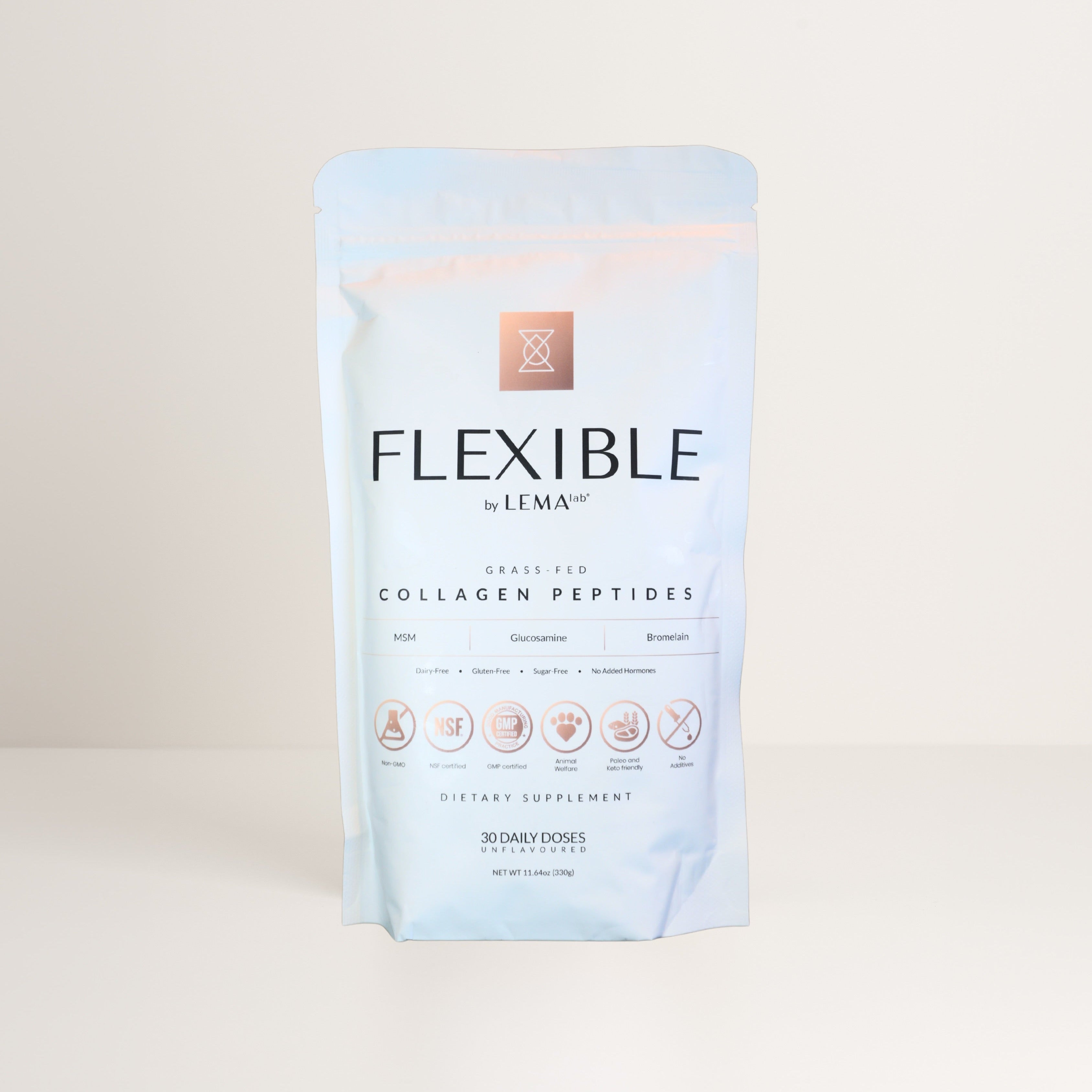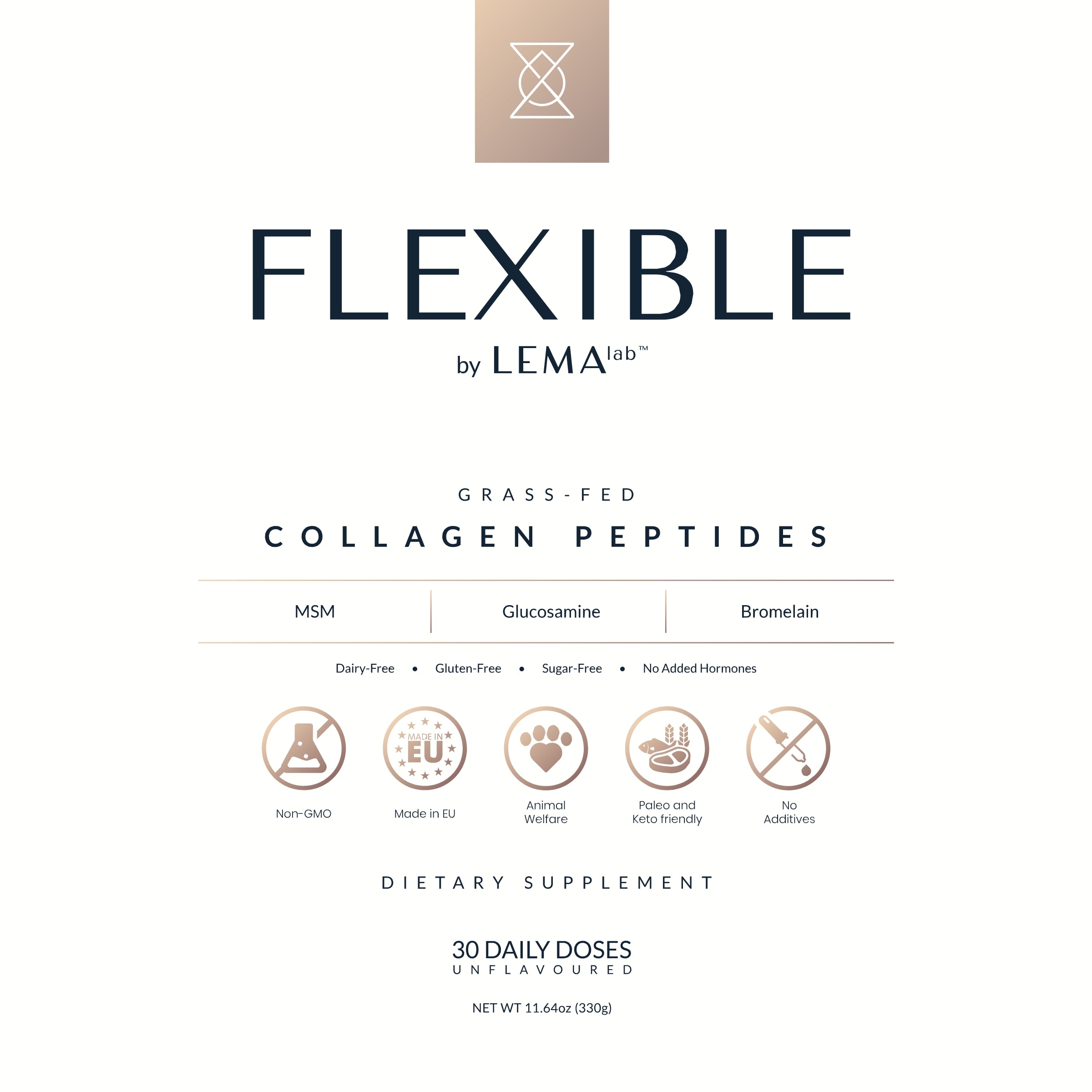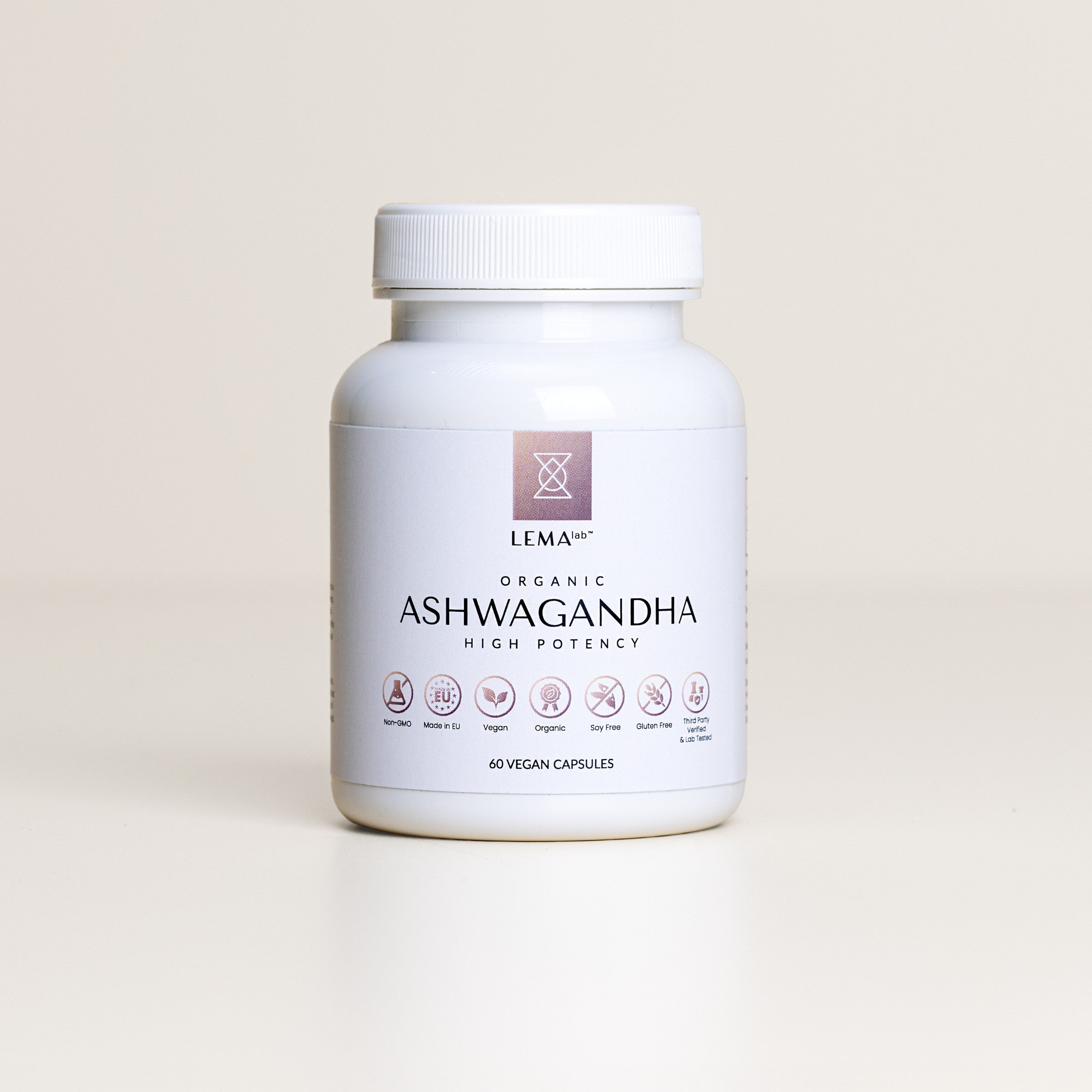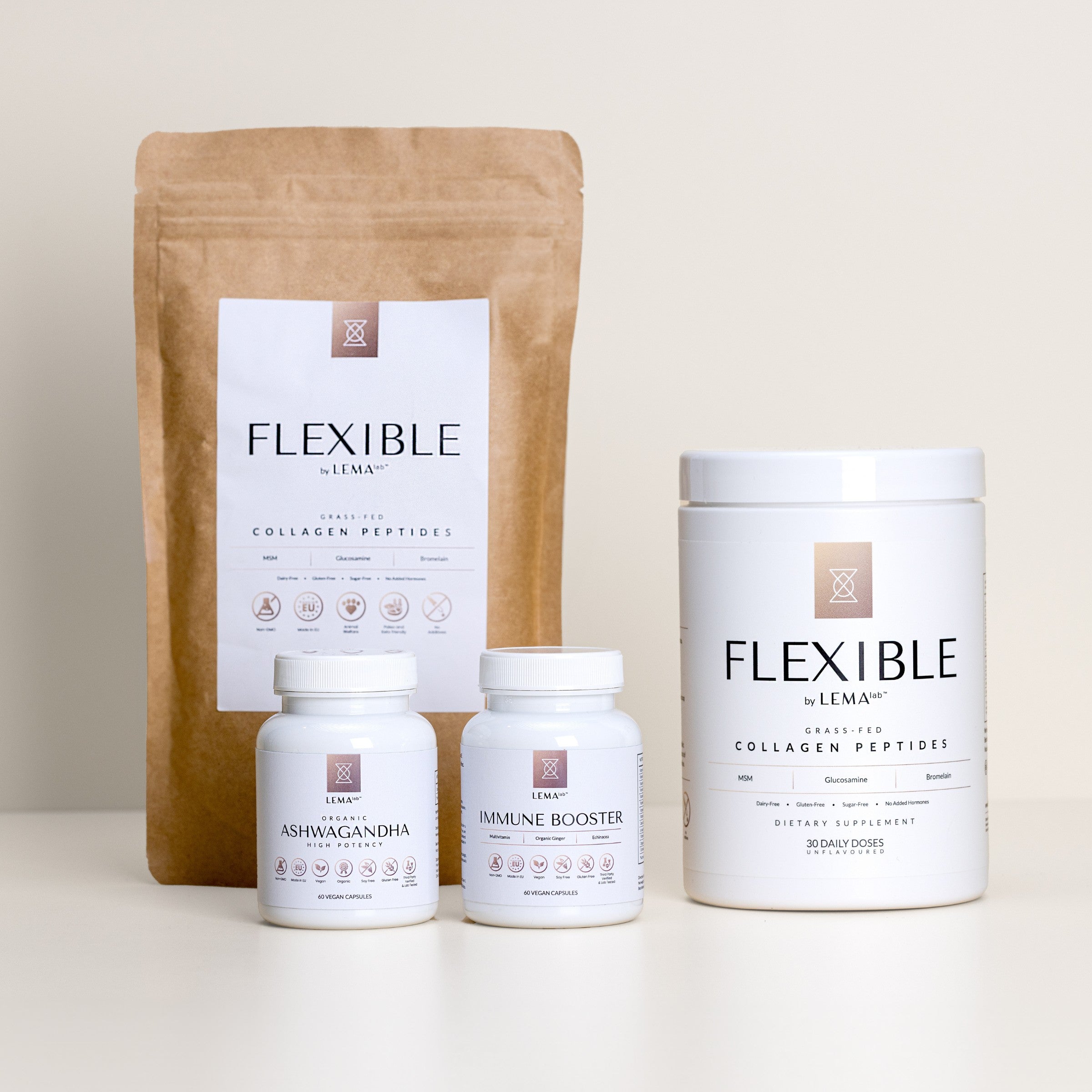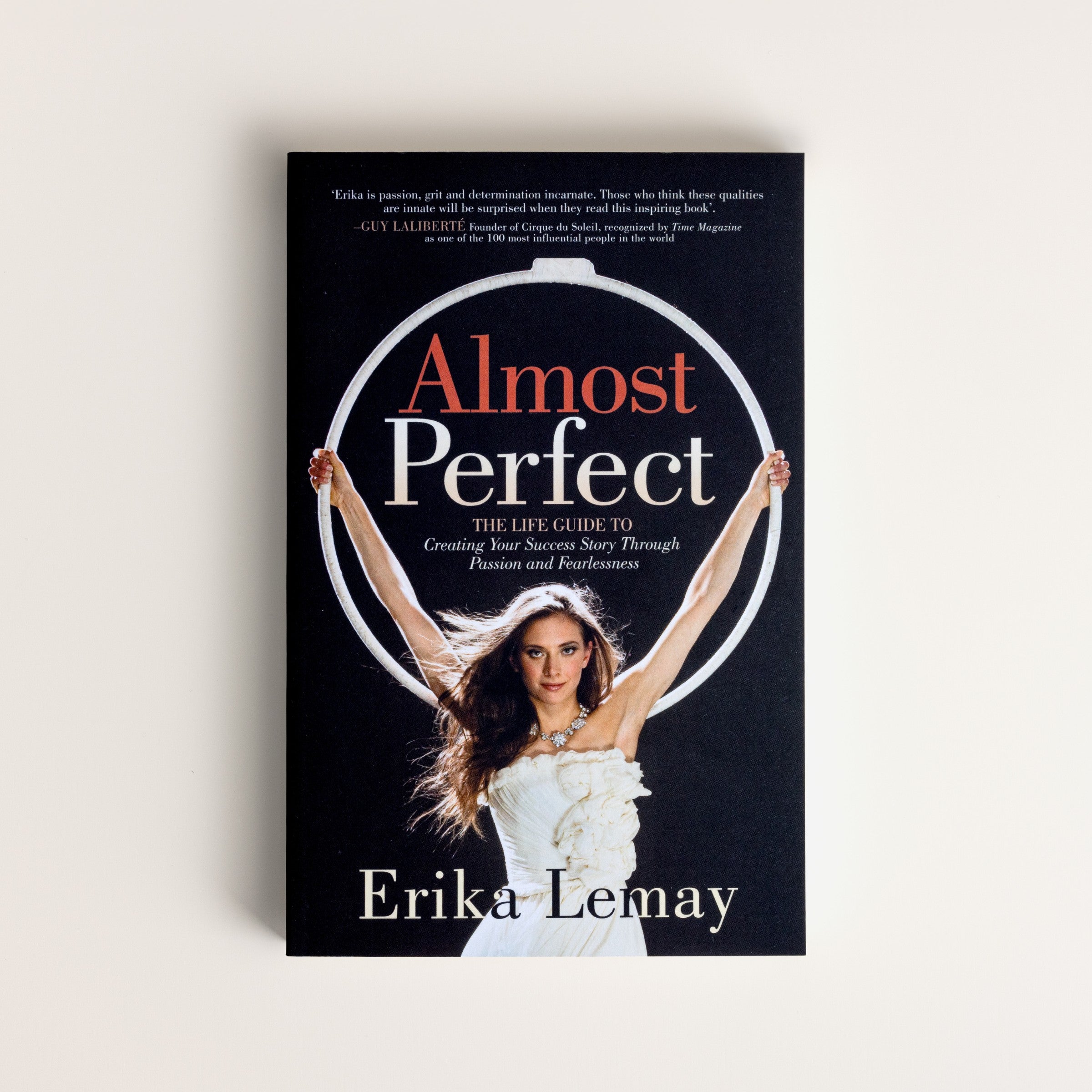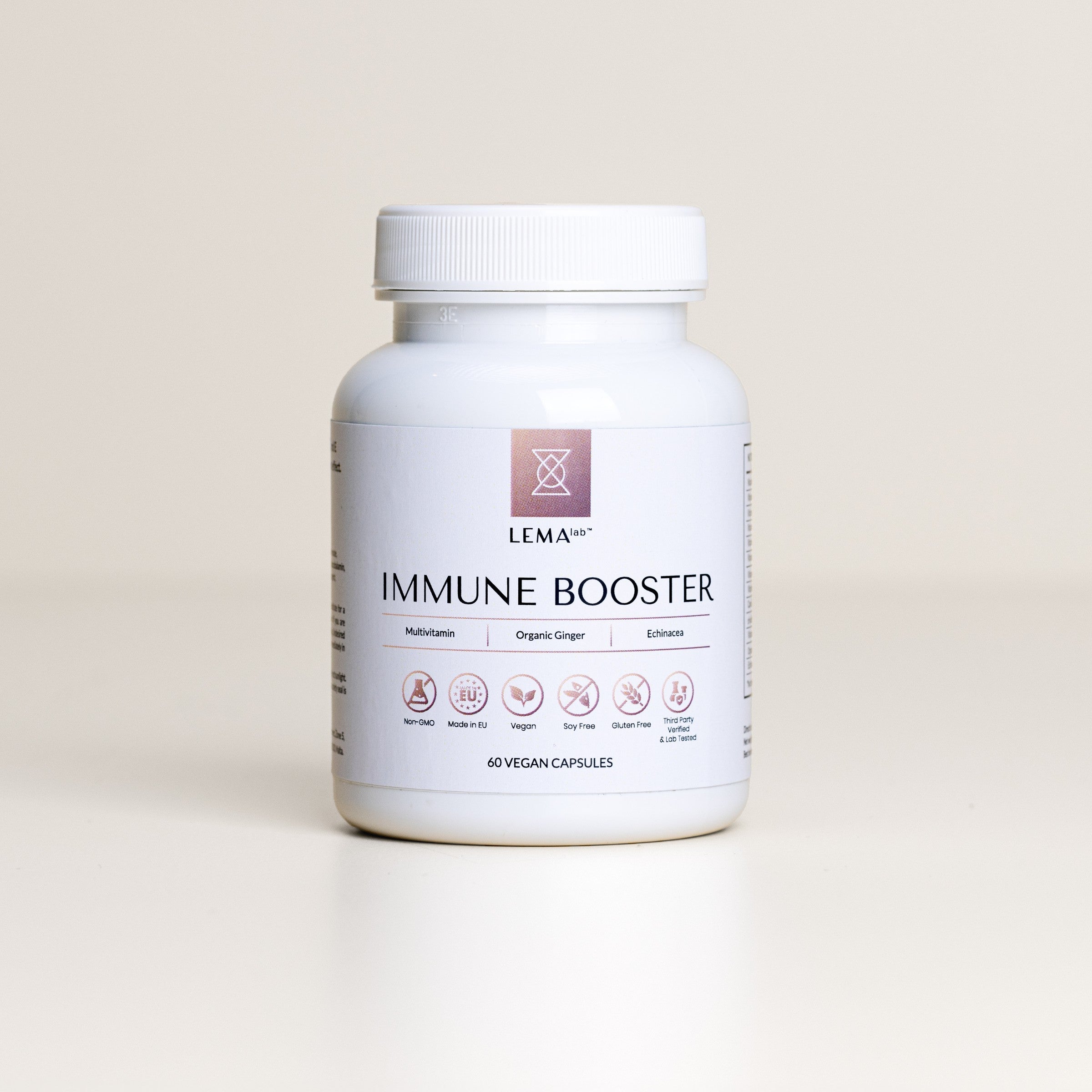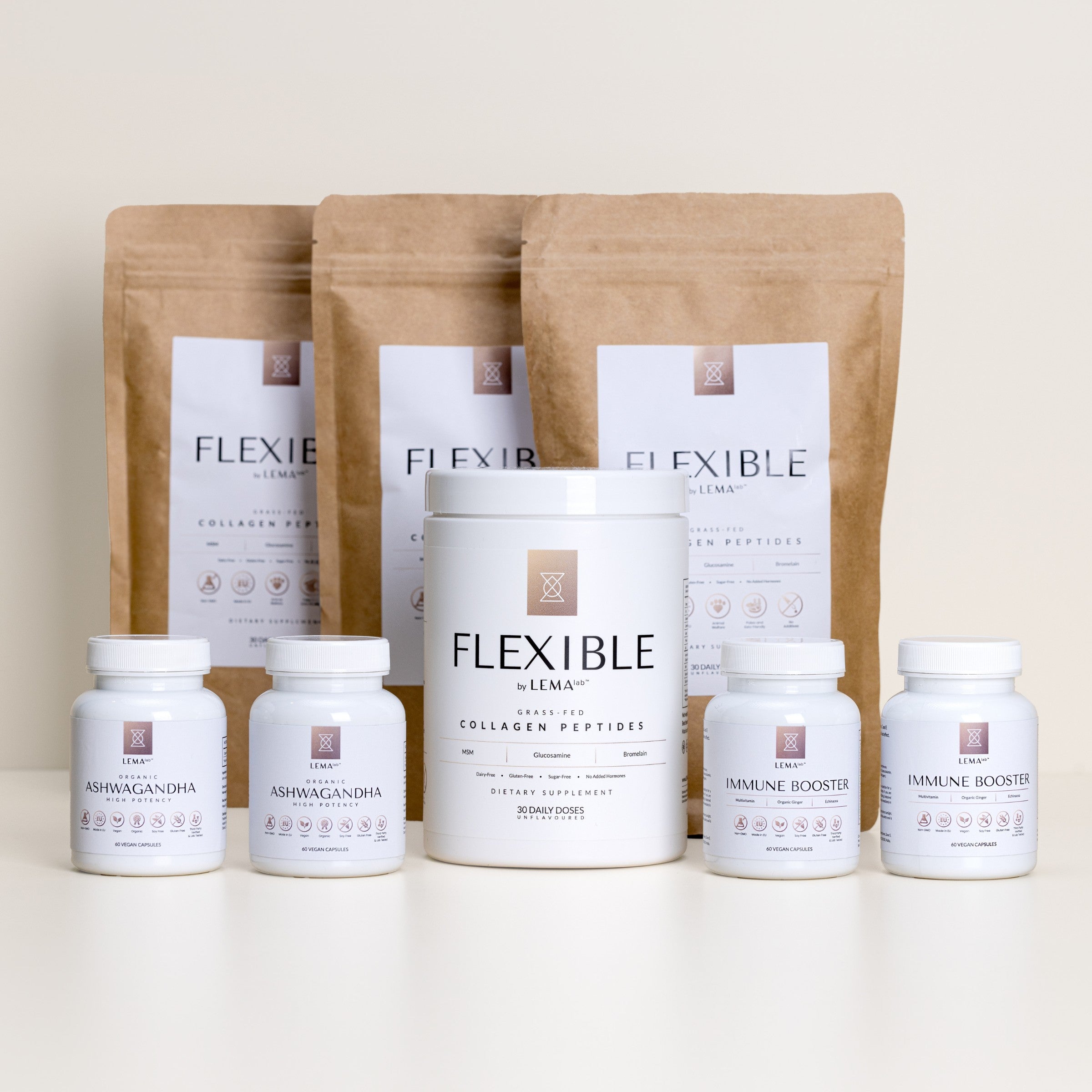Article: LAURA KUMMERLE
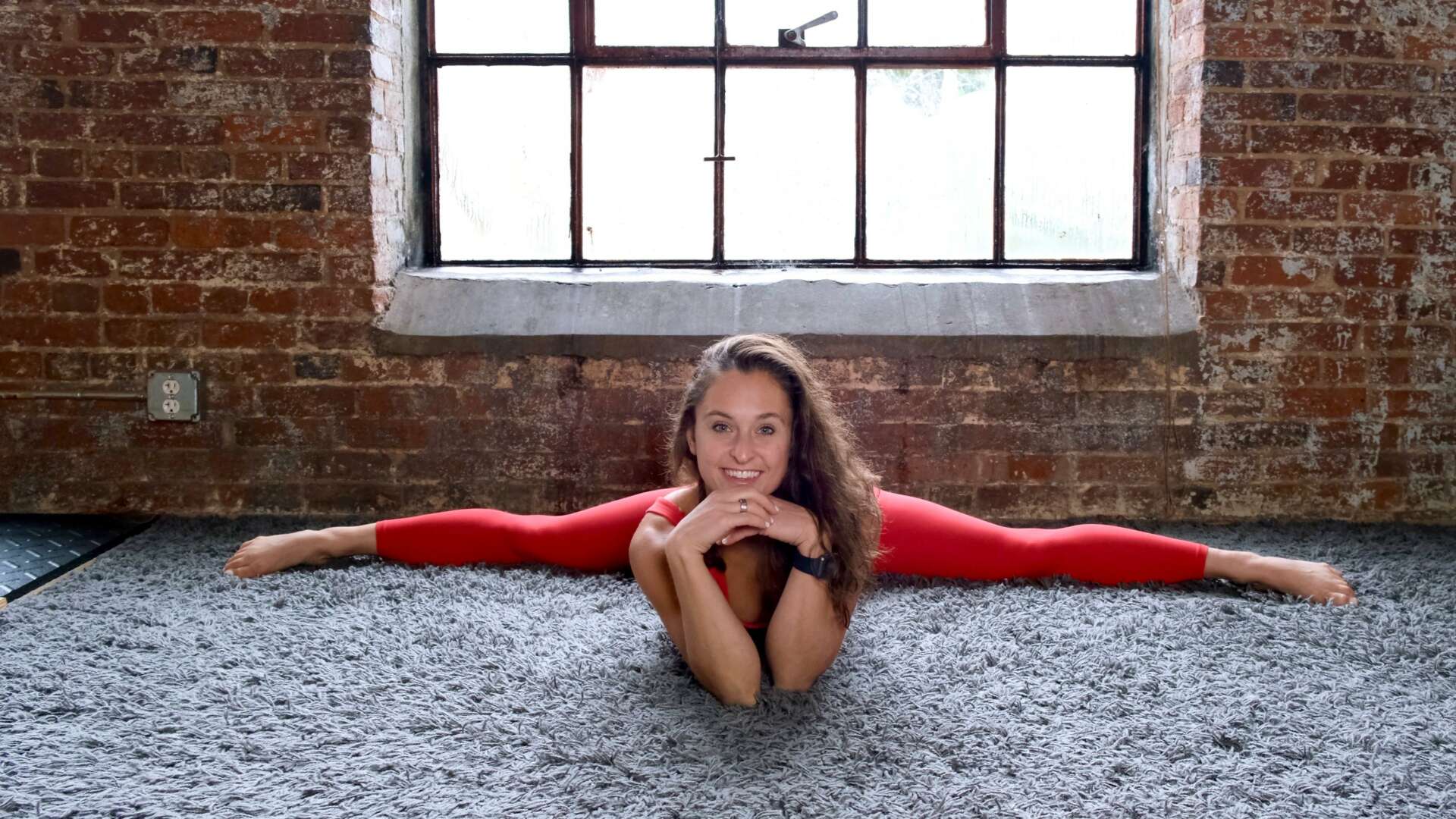
LAURA KUMMERLE
People think you need extreme ranges of motion to start. But you can start wherever you’re at and build from there.

Laura Kummerle is a doctor of physical therapy, an orthopaedic clinical specialist, and a former competitive gymnast who began training at the age of 4. After retiring at 21, she channelled her lifelong experience into helping others move better, prevent injuries, and train smarter. Today, she shares expert mobility and training advice through her platform Paradigm of Perfection, while continuing to treat patients in the clinic each week.
Could you explain the difference between flexibility and mobility?
In a traditional sense, most people define flexibility as a passive motion—stretching your muscles and similar activities. Mobility is typically thought of as more about active control throughout the range of motion. I tend to think of flexibility as part of mobility.
In mobility training, flexibility—whether active or passive—focuses on the muscle and its tolerance to stretch. Then there’s joint mobility, which can also be passive or active, and that’s more about how your joints are moving. I also like to include neurodynamics, or nerve mobility, as this can impact how you move too. All of those things go together to create what I think of as mobility.
What are some basic tips for movement longevity that apply to everyone?
Honestly, I think it comes down to moving in different planes. The same principles apply to both athletic and non-athletic populations—it’s just a matter of scale. Are you moving in different directions? Are you using your full range of motion?
For the general population, when was the last time you got up and down off the floor? That’s something many people neglect, and then they struggle when they need to play with their grandkids on the ground or fix something under the sink. It becomes much harder if you’re not doing it regularly. It really comes back to the principle of: if you don’t use it, you lose it. Our bodies were designed to move.

How do you approach working with patients who have degenerative conditions, like arthritis, where movement often causes pain and leads to avoidance?
It really comes down to treating the impairments we see. Is it a reduced range of motion? Reduced strength? Is it a specific limitation or something more general? The assessment helps tease out what that particular person needs, and we then tailor the exercises and interventions towards that. For example, if someone has a frozen shoulder and the capsule is tight, we focus more on improving motion, but we still need to strengthen through that motion and ensure the muscles are firing in the correct pattern. In contrast, if someone has a rotator cuff issue and can move fully but experiences pain, we might be more biased towards strength work to help the muscles function properly. It really depends on the individual.
How do you guide patients in recognising when to stop or modify an exercise due to pain?
Pain doesn’t always mean you should stop entirely. There are productive and non-productive sensations. Productive sensations might feel like a stretch, stiffness, or a light pull—those are usually okay. Non-productive sensations, like sharp or stabbing pain, numbness, or tingling, are more concerning. But even then, that doesn’t necessarily mean the exercise is wrong—it might just be too advanced at the moment. You could be going too far, using too much weight, or simply need an easier variation for now. Sometimes you're just not ready yet, but with consistent work, you usually build up to it.
Is there a type of movement or aspect of the healing process that patients are generally more resistant to?
I think the psychology of it plays the biggest role. Limiting beliefs can be powerful. When someone believes they can’t do a particular exercise or movement, they often decide it’s ‘bad’ and that they’ll never be able to do it again. Take arthritis, for instance. It’s quite normal as we age, and it doesn’t always mean you’ll have pain. Similarly, things like herniated discs are common even in people who don’t show symptoms, and that becomes more frequent as we get older.
The challenge is when people receive a diagnosis and feel doomed for life, which simply isn’t true. Breaking through that mindset is often one of the hardest parts. A lot of it comes down to what’s going on mentally.

What are your top tips for preventing wear-and-tear injuries, particularly in athletes?
It’s about balancing your training volume with recovery and ensuring you’re prepared for the demands you place on your body. Do you have the required range of motion, strength, and control? Many aerialists and circus artists overtrain, so focusing on recovery is key. I made a training error myself that led to shoulder surgery in 2020. I wasn’t sleeping or eating well and thought pushing through would make me stronger. That combination led to injury.
Mastering your load and recovery is crucial, especially for repetitive movements where endurance, strength, and control matter. And it can be very frustrating to have to hold yourself back, but it’s necessary to prevent unnecessary damage.
Can you explain the importance of being able to load through a full range of motion when it comes to injury prevention?
For the shoulder example, you have both passive stabilisers and active stabilisers. If you’re strong in that end range, you have the support of those active stabilisers and those muscles, which is why it’s safe for you. For someone else, it might result in dislocation because they don’t have that support.
Basically, slowly training over time into those ranges is what allows you to get there and give your tissues time to build tolerance. Tendons take longer to adapt than muscles, so you need that consistency to let the tendon adaptations happen. That’s what enables you to manage more extreme ranges of motion under load. It also depends on the sport-specific skill.

You're certified in dry needling. Can you explain what it is and how it works as a recovery tool?
Dry needling involves using an acupuncture needle to target a specific muscle, helping it to relax. The ‘dry’ part means there’s no medication, it's just the stimulus of the needle going in, and then your nervous system reacting to that. It calms the muscle down. Sometimes, you can get a little twitch response, which is just the muscle doing a small contraction, and then it relaxes. I personally find it very helpful, but it depends on the person.
You can also use it as a bit of an activation technique. If a muscle isn’t working or firing properly, the needle stimulus can get it going a little bit before doing some exercises.
Dry needling, much like other passive methods, doesn’t inherently guarantee results but may allow you to maximise your training benefits. These techniques are particularly valuable in rehabilitation scenarios where muscle recovery is crucial. Moreover, during training phases like performance series or competition seasons, these small enhancements can provide a competitive edge. Naturally, the core components—sleep, hydration, nutrition, and managing training volume—remain crucial for sustained progress.
Is fascia something you focus on in your work?
Honestly, I don’t usually focus on fascia specifically. I’ve looked into it a bit more recently and found that if you’re training properly, you’re already addressing fascia since it’s closely linked with muscles. Fascia layers muscles and bundles of muscle fibres, so they can’t really be separated. There are said to be six fascial chains, but research—mainly from cadaver studies—only confirms three, and how they work in living people is still unclear.
Also, techniques like foam rolling or cupping don’t actually ‘break up’ fascia. It takes over 2,000 pounds of force to deform fascia by just 1%, which we can’t generate. So, fascia might not be as big a factor as some think. More research is definitely needed. Generally, moving through different planes and doing compound movements naturally work with fascia.

Have you worked with circus artists or gymnasts? What are common overuse injuries in hypermobile performers?
Yes, I’ve worked with them both clinically and online. With hypermobile performers, overuse injuries are common because they often move repeatedly into extreme ranges they don’t have the strength to fully control. For example, in gymnastics, there is a well-known type of spine fracture that’s often used as a textbook example, especially when there is limited mobility elsewhere in the body, which increases spinal load.
To perform safely at those extremes, like in a chest stand or backbend, you need good movement through the entire body. If hips or shoulders aren’t moving well, other areas get overloaded. For hypermobile athletes, strengthening is even more important than for a traditional person.
Are there any clear signs that indicate someone is mobile but not stable in a specific joint?
It mostly comes down to the quality of movement. For example, are they hinging at a particular point in the spine or relying heavily on one joint over others? It’s less about a specific test and more about observing how they control their motion, especially when moving into end ranges. That overall control and movement pattern can reveal a lot.
How can performance artists get better at recognising early warning signs from the body?
Use your warm-up to check in with how your body feels—notice energy levels and adjust accordingly. Tools like perceived exertion or reps in reserve help tailor strength training to how you feel that day. If you're tired, reduce intensity; if you're feeling strong, push more.
The same applies in practice: extend your warm-up or simplify a skill when needed. It’s a skill to learn what your body is telling you and to recognise the difference between productive and non-productive sensations.
You’ve spoken publicly about not wanting to be recognised when you started Paradigm of Perfection. What made you choose anonymity, especially on a platform built around visibility?
I started the page when I was still in school, after finishing undergrad and retiring from gymnastics. I kept training, running, and lifting, but something felt missing. Then I found calisthenics on Instagram and started posting. The spark came back, and I slowly added hand balancing after seeing others do it outside of gymnastics. I kept it anonymous because I was too self-conscious and didn’t want friends or family to know. It was just my training journal, sharing to normalise that kind of movement. I thought, if my posting workouts online changes someone’s life, like that account did for me, then it would be worth it. It also reminded me that things don’t have to look perfect all the time, which really mattered to me as a perfectionist.

You spent most of your life doing gymnastics. Did you feel a sense of identity loss when you had to stop?
Gymnastics was my identity from the age of 4 to 21. Then suddenly, it was gone. Adult gymnastics is only just starting to become a thing, but at the time, it wasn’t an option; once you finished college, that was it. I would have loved to continue, but it just wasn’t feasible. There’s not even an adult open gym near me.
There was definitely an identity loss. I also struggled with my mental health growing up, and gymnastics was the thing that brought me the most joy. So losing that impacted my mental health too. That’s partly where calisthenics came in—it helped bring back a little bit of an identity. I don’t think we can fit ourselves into just one label, because that sets you up for identity loss, but anchoring part of myself in movement helped.
You’ve also publicly mentioned struggling with an eating disorder before. Can you share a bit of this with the audience?
It started toward the tail end of my gymnastics career. In high school, I was always hyper-aware of my weight, but I’d say the eating disorder really began in college. It wasn’t due to pressure from coaches, it was more about me being hard on myself and expecting perfection.
At one point, I was eating every other day while still trying to compete at a high level. I’m not proud of it, and it eventually led to a stress fracture that almost ended my senior year early. I managed to convince them to let me compete, but it had a big impact. It continued even after gymnastics, probably until around 2018.
You’ve launched your own app. Can you talk a bit about how it’s organised? Are there follow-along sessions too?
Yeah, there are different programmes depending on your goals. There are prehab ones focused on joint stability, skill-based ones for things like your first pull-up, muscle-up, or pistol squat, and mobility ones, including a four-part backbend series that goes from not being able to push into a bridge to things like chest stands and walkovers. There are also beginner options, like an anti-sitting mobility programme.
There are some follow-alongs too—I’m still building that library. The programmes have more in-depth tutorials, not just demos. They cover common errors, how to fix them, and what to look out for.
What’s a typical day like for you in terms of training, routine, and nutrition?
I start my day with coffee, but I make myself drink water first. Then I usually dive into a couple of hours of computer work. My husband and I try to go for a walk in the morning, then it’s back to work until it’s time to train.
I start my workouts with a light cardio warm-up, like a jog, then go into strength work. I write my own programmes, usually around eight exercises focused on whatever I’m working towards. Right now, that’s a one-arm chin-up. Before that, it was a handstand push-up.
My training split is usually upper, lower, and a full-body day. The full-body day is more skill-focused, like handstand shoulder presses and flags. I also try to fit in a second handstand session later in the day, ideally outside. Then it’s back to work until my husband gets home.

Roughly how much time would you say you spend training each week?
It’s hard to say because my workouts and work are so intertwined—I’m usually filming part of my training. But if I stayed fully focused, it’d probably look like: 30 minutes of cardio five days a week, around an hour to an hour and a half of strength training, and about 30 minutes of hand balancing.
On rest days, I’ll usually still do some mobility work, go for a walk, or film a bit. So ideally, about two and a half hours a day, though it doesn’t always happen that way.
Are there any specific things you prioritise in your diet or avoid? And what about supplements?
For supplements, I mainly take a daily multivitamin and use protein powder, especially since I eat more plant-based, it’s just an easier way to hit my protein needs.
Because of the past eating disorder, I still deal with some gut issues, so I’m currently working through that. But in general, I try to build meals around protein, add three to four types of veggies, and include some sort of carb, like rice, quinoa, or potatoes.
I aim to get most of my nutrients from food, but if I need a little boost, I’ll occasionally take a pre-workout supplement. Still, the multivitamin and protein powder are my staples.
You mentioned a mistake that led to shoulder surgery in 2020, can you share what happened?
I was pushing too soon without the strength, especially with muscle-ups, using bad form, too much volume, and not enough recovery. I was also deep in my eating disorder, waking up at 3 a.m. to train, and skipping the basics.
After some time off, I jumped back into ninja training and overdid it. My shoulder felt fatigued, but something had happened. I tried rehabbing it myself for over a year before getting an MRI, which showed a posterior labrum tear. Surgery revealed even more: a SLAP tear, full infraspinatus tear, and partial supraspinatus tear. Recovery took over a year, and my whole body felt weak, but I’m stronger now than I was before.
You said you’re stronger now, but what about mobility?
It took a long time to feel comfortable again. My right shoulder is still a bit tighter and weaker than the left, and some things, like shoulder dislocate exercises (a mobility drill), took time to build tolerance for. I’m easing back into more, but I’m still working on strength deficits. A lot of people with shoulder issues focus on the rotator cuff and scapular stabilisers, but one mistake I made was neglecting chest work. Benching isn’t exciting to me, and there are only so many push-up variations you can do. Once I started training handstand push-ups, my shoulder actually started feeling better.

A few quick questions from our audience: If someone has knee pain, are squats always off limits?
No. How else do you get off the toilet? You can build up to squats. Sadly, many doctors just say squats are off limits without thinking about everyday movements like getting up from a chair. You need to train that movement pattern for daily life.
What’s one mobility myth you wish more people would unlearn?
I’m trying to think of a mobility myth because I’m so deep into it, but I guess people think you need extreme ranges of motion to start. But you can start wherever you’re at and build from there. And it’s not always passive, it can be active too.
What’s a daily movement or mobility snack you personally swear by?
I love any sort of open book variation; lying on my side, top leg forward, twisting, adding a circle with my arm, looking back, or a quad stretch. Some variation of that is definitely part of my daily routine.
Lastly, can you share a quick joint care or movement tip?
Just move your joints through their full range of motion. It improves blood flow and helps lubricate the joint with synovial fluid. Movement basically keeps the joint healthy.
